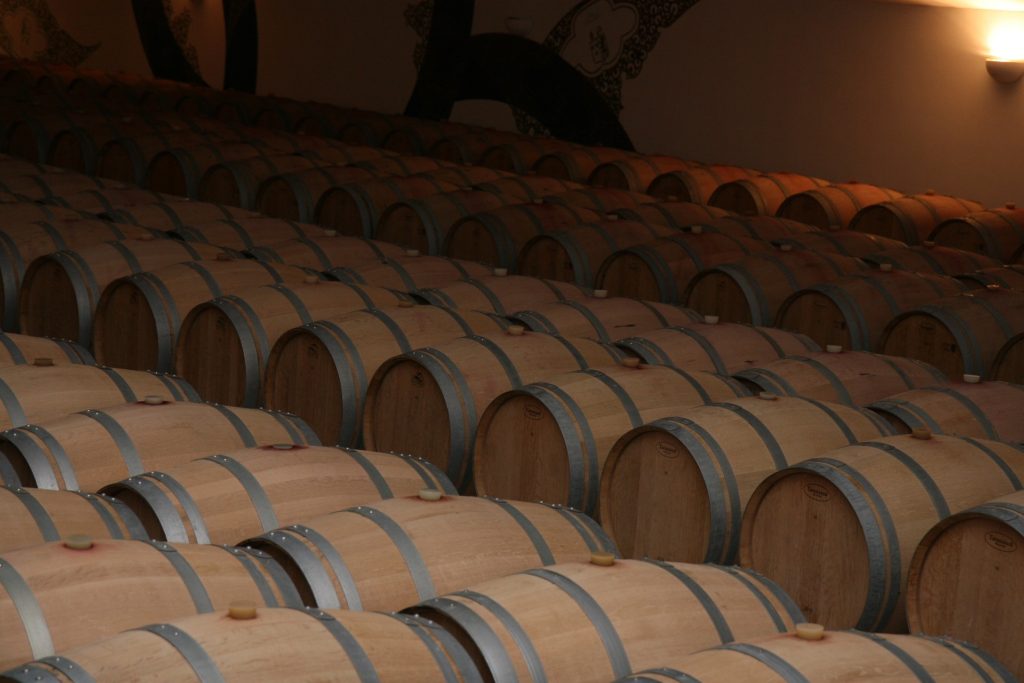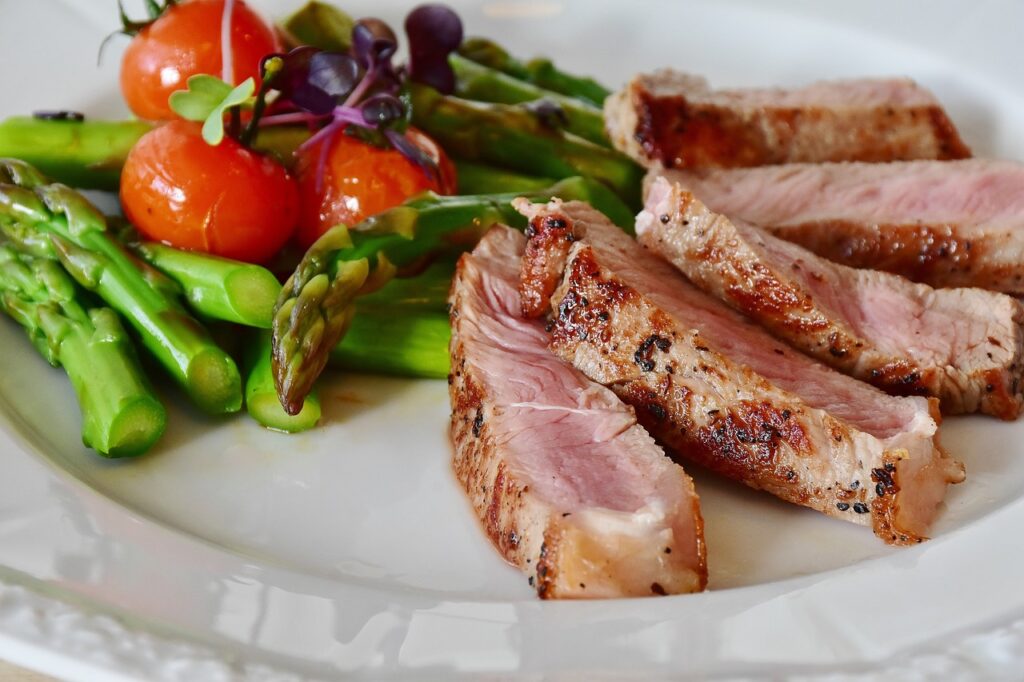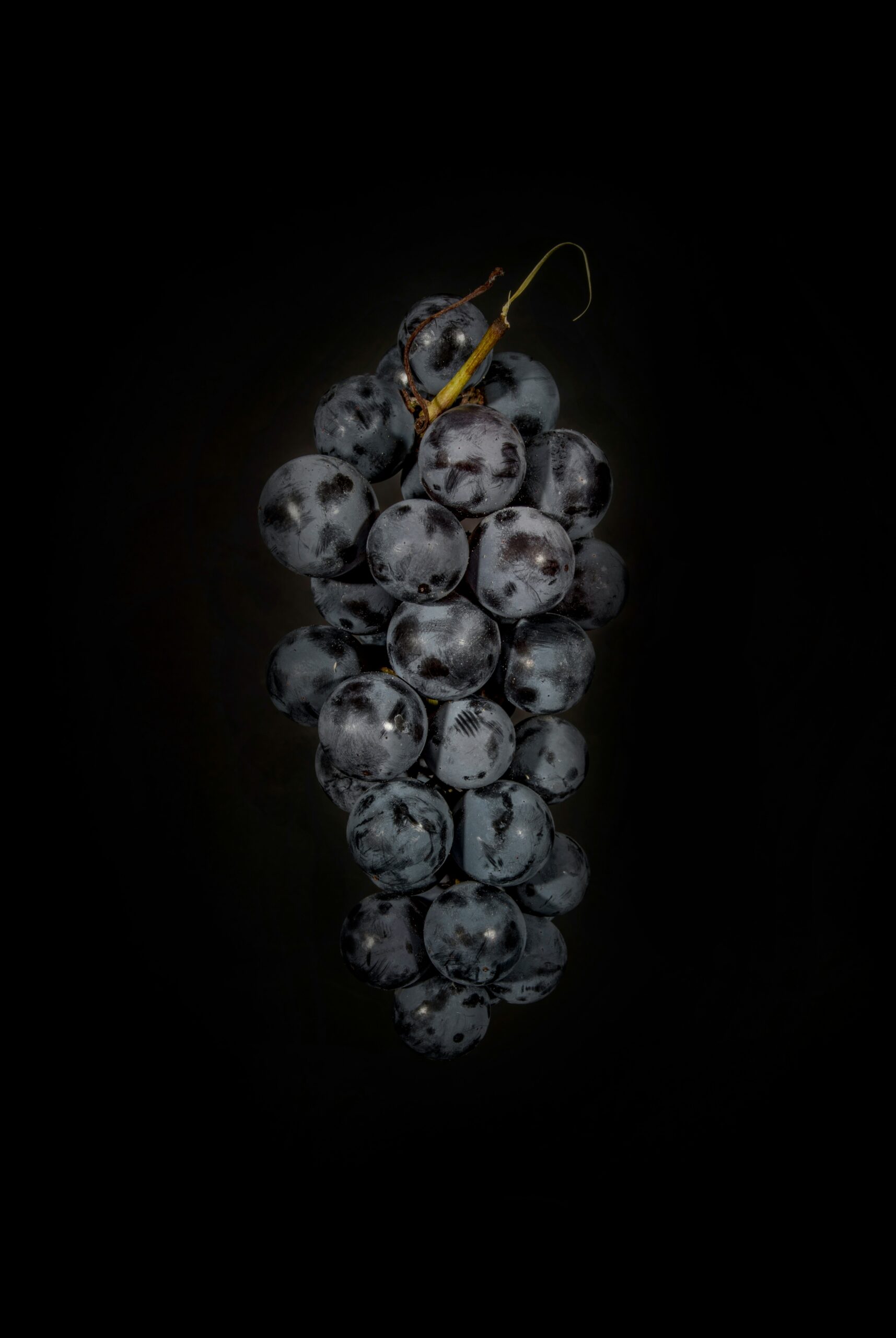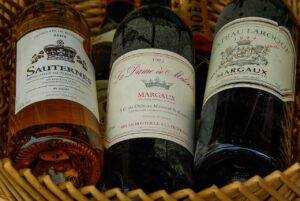Cabernet Sauvignon is one of the most recognized and widely planted red wine grape varieties in the world. Its bold structure, aging potential, and deep flavors make it a favorite among wine enthusiasts and collectors alike. But what makes Cabernet Sauvignon truly special? In this article, we explore the characteristics of Cabernet Sauvignon, where it’s grown, and the wines it produces across the globe.
Key Characteristics of Cabernet Sauvignon
Understanding the flavor profile of Cabernet Sauvignon helps you appreciate its versatility and complexity. Here are its core characteristics:
1. Flavor Profile
Primary Flavors: Blackcurrant (cassis), blackberry, cherry, plum.
Secondary Flavors (from oak aging): Vanilla, cedar, tobacco, and leather.
Tertiary Flavors (with age): Earthy tones, forest floor, and dried herbs.
2. Body and Texture
Full-bodied with a rich mouthfeel.
High tannins that provide structure and age-worthiness.
Moderate to high acidity, helping the wine age gracefully.
3. Alcohol Content
Typically ranges from 13.5% to 15%, depending on climate and style.
Best Regions for Cabernet Sauvignon
1. Bordeaux, France
Bordeaux is the birthplace of Cabernet Sauvignon. In the Left Bank (especially Médoc and Graves), Cabernet Sauvignon is the dominant grape in prestigious blends.
Typical Profile: Earthy, structured, with flavors of blackcurrant, tobacco, and graphite.
Famous Wines:
Château Latour
Château Lafite Rothschild
These wines are known for their ability to age for decades.

2. Napa Valley, California, USA
Napa Valley has become synonymous with bold and opulent Cabernet Sauvignon. The region’s warm climate and sunshine yield ripe grapes with concentrated flavors.
Typical Profile: Jammy fruit flavors, soft tannins, and notes of vanilla, chocolate, and spice from oak.
Famous Wines:
Opus One
Screaming Eagle
Silver Oak
These wines are often aged in new oak barrels, which adds layers of richness.
3. Coonawarra, Australia
Coonawarra in South Australia is known for its unique terra rossa soil (red clay over limestone), which produces distinctive Cabernet Sauvignon wines.
Typical Profile: Mint, eucalyptus, black cherry, and herbal notes.
Famous Wines:
Penfolds Bin 707
Wynns Coonawarra Estate
Australian Cabernet offers a balance of New World fruit and Old World elegance.
4. Maipo Valley, Chile
Chile’s Maipo Valley benefits from the Andes Mountains’ cool breezes and mineral-rich soil. The conditions are ideal for Cabernet Sauvignon, producing wines with purity and freshness.
Typical Profile: Red fruits, herbal notes (like green pepper), and firm tannins.
Famous Wines:
Concha y Toro Don Melchor
Santa Rita Casa Real
Chilean Cabs are known for their elegance, affordability, and aging potential.
5. Tuscany, Italy
While Tuscany is known for Sangiovese, Cabernet Sauvignon has made a name for itself in Super Tuscan blends. These wines combine Italian soul with French power.
Typical Profile: Black fruit, spice, earthy complexity, and firm tannins.
Famous Wines:
Tignanello
Ornellaia
These wines often rival Bordeaux in quality and prestige.
6. Stellenbosch, South Africa
South Africa produces structured and earthy Cabernet Sauvignon, often with a touch of smokiness. Stellenbosch’s Mediterranean climate and granite soils are ideal for balanced wines.
Typical Profile: Blackberry, cassis, pencil shavings, and subtle oak.
Famous Wines:
Kanonkop Estate
Meerlust Rubicon (blend)
South African Cabernet often offers incredible value for quality.
Cabernet Sauvignon: Blends vs. Single Varietal
Cabernet Sauvignon can stand alone or shine in blends.
Single Varietal Wines:
Common in California, Chile, and Australia
Often bold, fruit-forward, and oak-aged
Blends:
In Bordeaux, it’s blended with Merlot, Cabernet Franc, and Petit Verdot
In Super Tuscans, it blends with Sangiovese
Blending enhances balance, softens tannins, and adds complexity.
Food Pairing with Cabernet Sauvignon
Due to its tannin and acidity, Cabernet Sauvignon pairs wonderfully with rich, fatty, and protein-heavy dishes.
Best Pairings:
Grilled ribeye steak
Lamb chops
Hard cheeses like aged cheddar or gouda
Mushroom risotto with truffle oil
Avoid pairing with delicate dishes like sushi or light salads, as the wine can easily overpower them.

Tips for Serving and Storing
Serving Temperature: 16–18°C (60–65°F)
Decanting: Decant young Cabernet Sauvignon for 30–60 minutes to soften tannins.
Storage: Keep bottles in a cool, dark place. Age-worthy bottles can be stored for 10–20 years or more.
Conclusion: Why You Should Explore Cabernet Sauvignon
Cabernet Sauvignon is more than just a popular red wine. It’s a grape with a rich history, global appeal, and incredible diversity. Whether you prefer the structured elegance of a Bordeaux blend, the power of a Napa Valley wine, or the herbaceous charm of a Chilean Cab, there’s a Cabernet Sauvignon out there for every palate.
Its versatility in food pairing, aging potential, and presence in iconic wines make it a must-try for wine lovers. So the next time you’re browsing a wine list or visiting a winery, don’t hesitate to explore the world of Cabernet Sauvignon—you just might discover your new favorite bottle.






